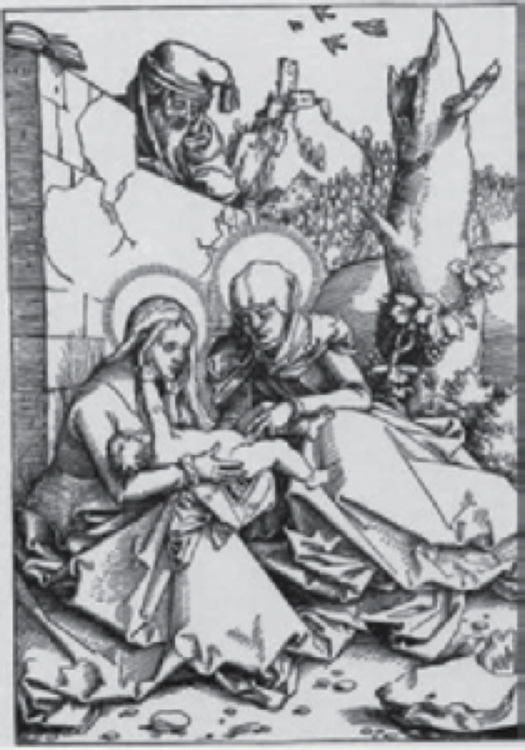IMAGINES IN THE CHURCHES IN OAXACA
| ||
| Schedule: Every Tuesday at 4:30 p.m. in the Oaxaca cathedral we will start our tour at the Cathedral in order to discuss the most important functions of the images of the Oaxacan temples. We will examine images and sculptures of the Church of San Felipe Neri and we willfinish at 18:45 with the paintings and sculptures of the church of Our Lady of Solitude. | ||
|
Background: When Bishop Monterroso placed himself at the head of the Oaxacan diocese, he began a period of promoting the devotion of the Immaculate Conception, he also sponsoreded the cult of Rosa de Lima, the first saint in America. There was a policy in the 17th century promoted by the cathedral to redirect indigenous religiosity by replacing the pagan imagery with Christian images as part of the primitive eradication campaigns based on the idea of social sin.
The treatment that the religious leaders gave to idolatry is worth studying as it was diverse. While some used fear, punishment and public humiliation, others resorted to devotions - images, sculptures, ceremonies and calendas. According to Giovanni Dominici in the fourth part of the book "Regola del governo di cura familiare" images are important in the raising of children. Dominici's first recommendation was to have paintings at home designed to be attractive to children of holy children or of virgin girls so that young boys still in diapers will define themselves, thinking that they are the same and feel constrained by the similarity. This capacity to serve as an example was in fact one of the three functions that were explicitly attributed to all religious images in the Middle Ages. Otálara was the most visible and decisive figure in promoting the devotion of Solitude at the end of the 17th century. Mary became the banner of the Church of the Counter Reformation. We have become aware of the importance of religion for our cultural identity and for the legitimization of power. Marroquín wrote in 1992 about the religious field presented to us in of the indigenous communities: "the stewards in charge of the cult of the saints carefully prepare their festivals, while a Protestant group contests this cult as idolatry." Shamans continue to go semi-clandestinely to caves but young people and emigrants stop identifying with traditional rites and drifted towards urban forms of religiosity. The parish priest had to tolerate a group of crusader fanatics, founded by the previous priest, and at the same time he has problems with the radical seminarians, of liberationist religiosity, who go there to do their pastoral practice. For Max Weber, politics is only exercised in struggle. Despite a certain functionalist vision that considers religion as harmonious and united, religious conflict is also a habitual reality. There are many historical and ethnographic testimonies about the power of images. The problem is how to evaluate this material. It is good to have the Virgin Mary with the child in her arms and with the bird or the grenade in one hand. Dominici reminds us vividly and directly of the need to pay attention to all possible uses of images and to all possible images, from the art of masterpieces to popular art. It is clear that for Dominici, power or efficacy of the images is due to a certain identification between those who look at them and what they represent. However, Dominici concludes by alluding to one of the fundamental fears in all art. He warns us to "beware of gold and silver frames, lest children become more idolaters than believers." Thanks to Cardinal Dominici, the beneficial powers of the images were increased with the belief that the beauty and exemplary actions of what they represented contributed in some way to arouse similar qualities in the young man who contemplated them. The iconoclastic movements of Byzantium in the 7th and 9th centuries, of the Europe of the Reformation, of the French Revolution and of the Russian Revolution have been studied a lot. Since the time of the Old Testament, rulers and ruling peoples in general have attempted to banish images and attacked certain paintings and sculptures. People have smashed images for political and theological reasons.They have destroyed works that caused them anger or shame and they have done it spontaneously or because they have been encouraged to do so. In 787, the Second Council of Nicea ended the first great stage of iconoclasm in Byzantium. In order to refute the arguments of the iconoclasts, he assembled a vast body of material in favor of the images and their adoration. |
 | |
